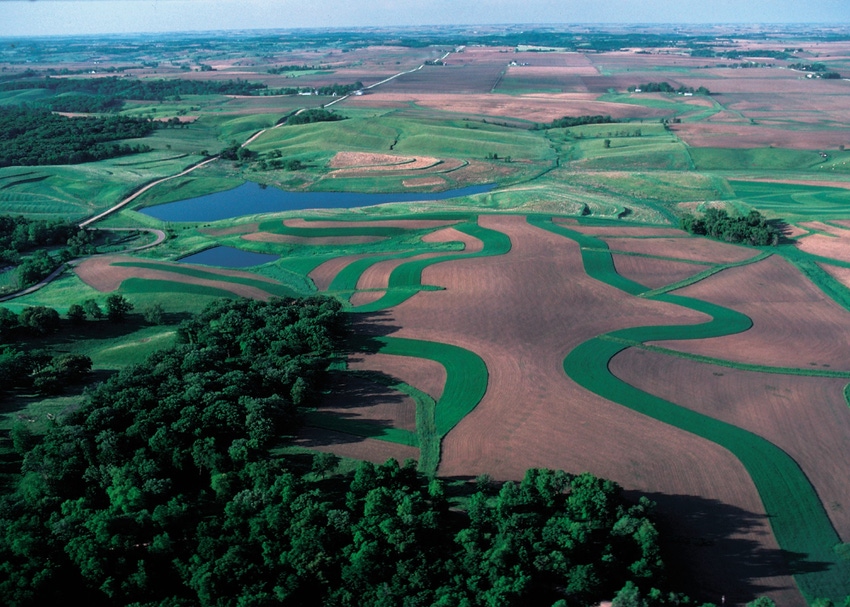November 2, 2015

No-till and cover crop advocates claim reduced crop stress from either drought or excess water, as well as healthier, more resilient crops as soil health improves, but crop insurance rates don't reflect either. However, tying conservation practices to federal crop insurance rules and rates requires turning field experience into public policy, and that requires data. AGree, a collaborative effort founded and funded by nine of the world's leading foundations committed to food and agriculture, is attempting to make that connection.
"AGree was created as a safe place for tough discussions about the future of agriculture," says Deb Atwood, executive director, AGree. Since 2013, AGree's Conservation and Crop Insurance (CCI) Task Force has been creating that type of dialogue with the Natural Resources Conservation Service (NRCS), Risk Management Agency (RMA) and other USDA divisions.
As an owner and partner in Duncanson Farms, a southern Minnesota family farm producing corn, soybeans, vegetables and hogs, Kristin Weeks Duncanson recognizes the apparent value of conservation practices. As an AGree advisor and member of the CCI Task Force, she also recognizes the need for hard data.
Can conservation reduce risk?
"Crop producers can do a great job with conservation practices, but it is hard to define the impact on productivity through hard analytical data," says Duncanson. "The task force led the effort to design the analytics to see if affordable practices can mitigate risk."
"Initially we asked how we could analyze the issue, what questions needed to be asked and what data we needed to look for," says Atwood. People who normally never work together have come together over a common concern, and Atwood says results have been encouraging.
Examining soil type impact
"We've come a long way, and we are really getting close to assessing the risk profiles of certain soil types and the risk reduction impacts of conservation practices on given soil types," she adds. "We are working with big data managers inside the USDA to support the integration and analysis of data while respecting and following privacy rules.”
Once the analytical work has been done, the real challenge lies ahead. That is to make changes in the crop insurance program that will recognize the value of practices in place and encourage producers to adopt others. By including representatives of the RMA in the dialogue, the groundwork for this final step should be laid. With an estimated 70 percent of total U.S. cropland in the crop insurance program, the positive impact on the environment could be extensive with reduced risk and perhaps reduced rates for producers and, in the end, reduced cost to the taxpayer.
About the Author(s)
You May Also Like




